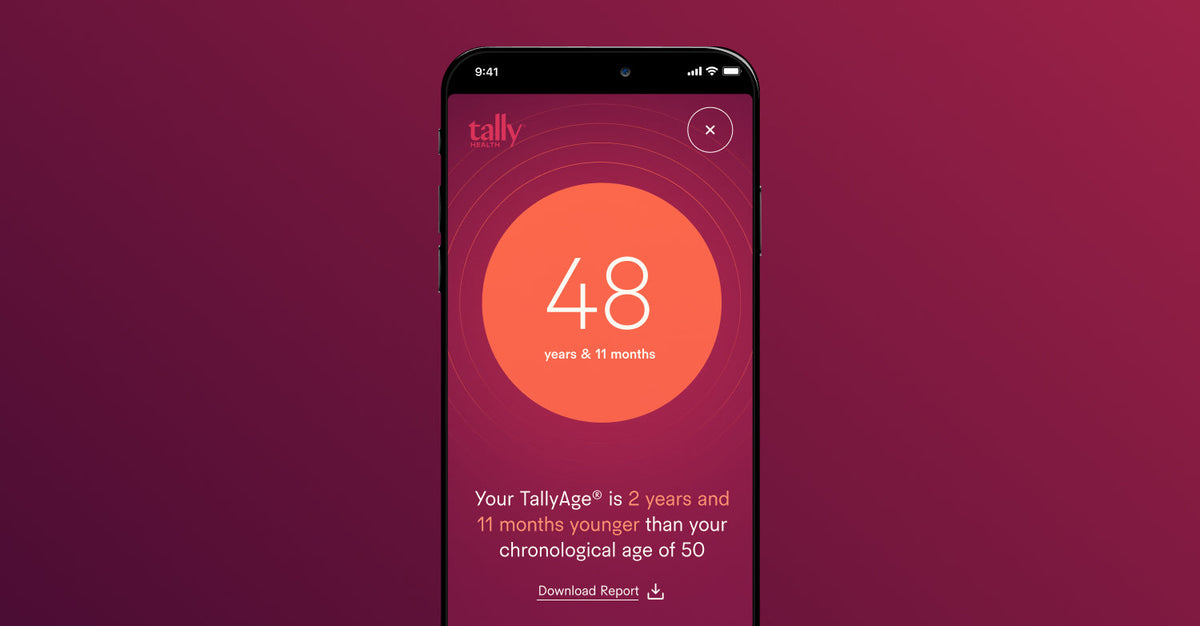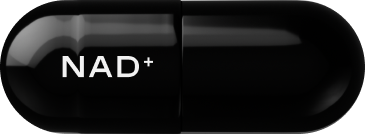

Every year on your birthday, you might reflect on how old you are—counting the years since your date of birth, perhaps using an age calculator or simply doing the math between two dates. But what if your body’s true age doesn’t match the number of full years you’ve been alive?
In most Western countries, we measure age chronologically—based on your starting date at birth and the current year today. Yet this traditional way to calculate age doesn’t necessarily provide information about how your body has actually aged on a cellular level. That’s where next-generation epigenetic clocks—and the TallyAge Test—come in.
How Chronological Age Is Calculated

Let’s start with the basics. Your chronological age is simply the number of years, months, and days you’ve been alive since your date of birth (DOB). The formula is straightforward: subtract your birthdate from the present date to quickly calculate how old you are.
For example, if a person was born on March 5, 1990, and today’s date is October 14, 2025, an age calculator would determine that the age of the person is 35 years, 7 months, and 24 days old.
It’s simple math—just counting time, adjusting for leap years, and sometimes down to hours, weeks, or total days alive. These calculations are universal across Western countries, although different cultures track age differently. For instance, in parts of East Asia, babies are considered one month old or even one year old at birth, creating a bit of confusion when comparing ages across the world.
Chronological vs. Epigenetic Age: Why They’re Not the Same

While your chronological age tells you how long you’ve been alive, it doesn’t reveal how your body has changed over time. That’s where your epigenetic age becomes more meaningful.
Think of it this way: two people can both be 40 years old, born on the same day, yet one may have an epigenetic age of someone in their early 30s while the other’s cells function more like those of a 50-year-old. The difference lies not in their birth date, but in how their lifestyle, genetics, and environment have influenced the biological processes that determine how their cells age.
Epigenetics: A Cellular Age Calculator

The field of epigenetics studies how external factors—like diet, exercise, stress, and sleep—affect the way your genes are expressed over time. These molecular changes, including DNA methylation, act like switches that turn certain genes on or off, influencing how cells function, repair, and renew.
Your epigenetic age measures these changes to determine how fast or slow your body is aging compared to your chronological age. In other words, it’s not about when you were born, but about how your life choices have affected your biology.
That’s exactly what the TallyAge Test does—it measures hundreds of thousands of methylation sites across your DNA to provide a highly accurate estimate of your epigenetic age. By comparing your TallyAge to your calendar age, you can uncover whether you’re aging faster, slower, or right on track.
Why Your Epigenetic Age Matters More

Knowing your chronological age helps you plan your next birthday party. Knowing your epigenetic age helps you plan your future health.
Your epigenetic clock reflects the combined impact of diet, exercise, stress, and environment. A higher epigenetic age relative to your chronological age may signal greater disease risk or cellular damage, while a lower one indicates that your cells are biologically younger than your years old count would suggest.
Understanding this difference empowers you to take action—modifying habits that influence your DNA methylation patterns to help you feel, perform, and even look younger.
The Power of Measuring and Managing Your Age

Modern science has made it easier than ever to track how your body is aging. With the TallyAge Test, you can gain a window into your biological age from a simple, at-home cheek swab—no app, table, or complex calculations required. You’ll receive a detailed report comparing your chronological and epigenetic ages, plus actionable insights to help improve your longevity score.
As Tally’s research shows, understanding your epigenetic age helps you take control of your future, rather than waiting to count more birthdays. It’s not just about how long you’ve been alive—it’s about how well your body is maintaining itself at the cellular level.
The Bottom Line

You can always calculate how old you are based on your birthdate and the current year—and celebrate with a heartfelt “Happy Birthday!” But when it comes to your health and longevity, the number of years old you’ve been alive is only part of the story.
Your epigenetic age sheds light onto how your cells are actually aging—and that’s what matters most for your long-term vitality and well-being.
Key Takeaway
Your chronological age is measured in years, but your epigenetic age reflects how your cells are aging on a biological level. Discover how old you really are with the TallyAge Test and take the first step toward living younger, longer.
References
Shokhirev et al. CheekAge: a next-generation buccal epigenetic aging clock associated with lifestyle and health. Geroscience 2024; https://doi.org/10.1007/s11357-024-01094-3
Shokhirev et al. CheekAge, a next-generation epigenetic buccal clock, is predictive of mortality in human blood. Front Aging 2024; https://doi.org/10.3389/fragi.2024.1460360
Shokhirev and Johnson. Various diseases and conditions are strongly associated with the next-generation epigenetic aging clock CheekAge. Geroscience 2025; https://doi.org/10.1007/s11357-025-01579-9
Johnson and Shokhirev. First-generation versus next-generation epigenetic aging clocks: Differences in performance and utility. Biogerontology 2025; https://doi.org/10.1007/s10522-025-10265-4
Johnson and Shokhirev. Demystifying common DNA methylation sites that promote the ability of CheekAge to associate with health and disease. Ageing Res Rev 2025; https://doi.org/10.1016/j.arr.2025.102839
What is the difference between chronological age and epigenetic age?
While your chronological age tells you how long you’ve been alive, it doesn’t reveal how your body has changed over time. Your epigenetic age measures molecular changes—like DNA methylation—that determine how fast or slow your body is aging compared to your chronological age.
How is chronological age calculated?
Your chronological age is simply the number of years, months, and days you’ve been alive since your date of birth (DOB). The formula is straightforward: subtract your birthdate from the present date to quickly calculate how old you are.
What does the TallyAge Test measure?
The TallyAge Test measures hundreds of thousands of methylation sites across your DNA to provide a highly accurate estimate of your epigenetic age. By comparing your TallyAge to your calendar age, you can uncover whether you’re aging faster, slower, or right on track.










